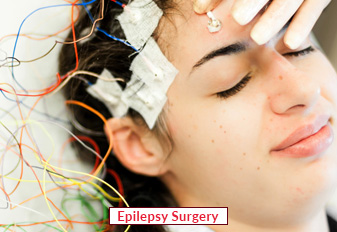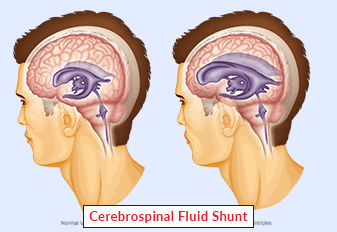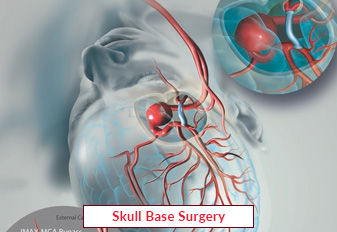Epidural Stimulation

A surgical method called epidural stimulation is utilized to treat chronic discomfort, particularly in the lower body and spine. In the process, electrodes are inserted close to the epidural space—the outer layer of the spinal cord. By delivering modest electrical impulses that obstruct pain signals as they go to the brain, these electrodes successfully lessen discomfort. A typical treatment for pain brought on by ailments such neuropathic pain, failed surgery on the back syndrome, and spinal cord injuries is epidural stimulation. This treatment provides patients with a viable substitute for conventional pain management techniques by focusing on particular parts of the spinal cord, perhaps resulting in enhanced mobility and improved quality of life.
Book an AppointmentAbout Epidural Stimulation
Symptoms Alleviated: An epidural stimulation is used to treat chronic pain, namely neuropathic pain, failed surgery on the back syndrome, and spinal cord injuries.
Causes: The mild electrical impulses that are delivered by electrodes implanted close to the spinal cord disrupt pain signals that are sent to the brain.
Solutions: Epidural stimulation can help patients with chronic pain by preventing pain signals from being sent, which enhances their standard of life and functional capacities.
Procedure of Epidural Stimulation
Patient Evaluation: To ascertain the patient's eligibility for the operation, a thorough assessment of their symptoms, medical history, and imaging examinations is carried out.
Preoperative Preparation: To make sure they are good candidates for surgery, patients go through preoperative evaluations and medical optimization.
anesthetic: To guarantee the patient's comfort and immobility throughout the surgery, a general anesthetic is administered.
Placement of the Electrodes: Depending on the patient's symptoms and state, surgeons affix thin electrodes at particular levels into the epidural space close to the spinal cord.
Connection to Simulator: A small stimulator, also known as a pulse generator, is implanted subcutaneously, typically in the abdomen or buttocks, and the electrodes are connected to it.
Testing and Programming: Following implantation, the stimulator is set up to send electrical impulses to certain spinal cord regions. The way the patient reacts to stimulus during testing determines how this programming is changed.
Postoperative Care: Following surgery, patients are continuously monitored to control pain, avoid complications, and maximize the benefits of epidural stimulation therapy. To optimize benefits, physical therapy and rehabilitation could be suggested.
Require Assistance?
Get A Quick Callback From Our Healthcare Experts






